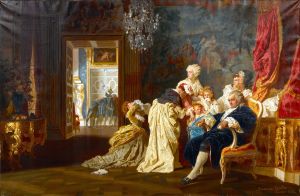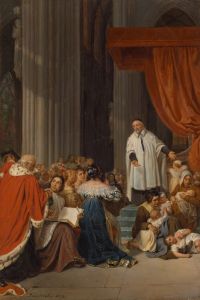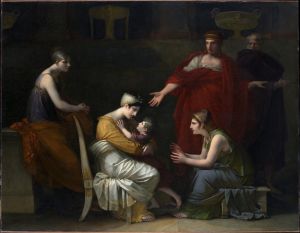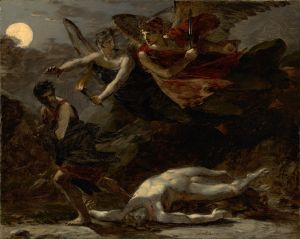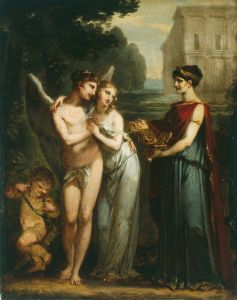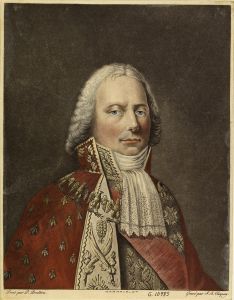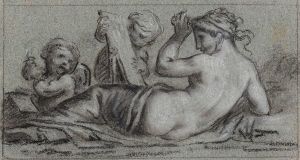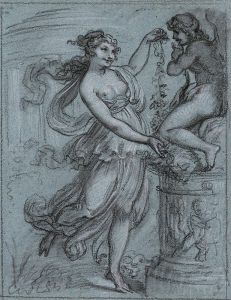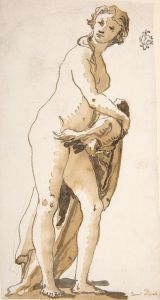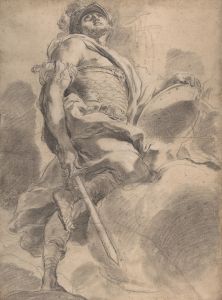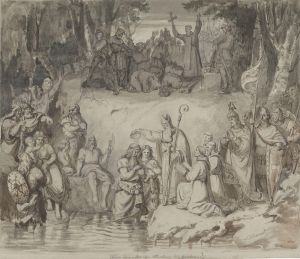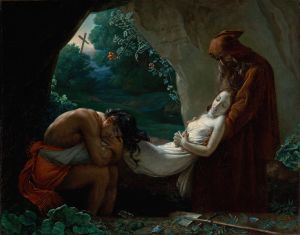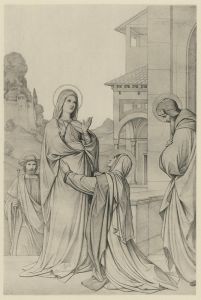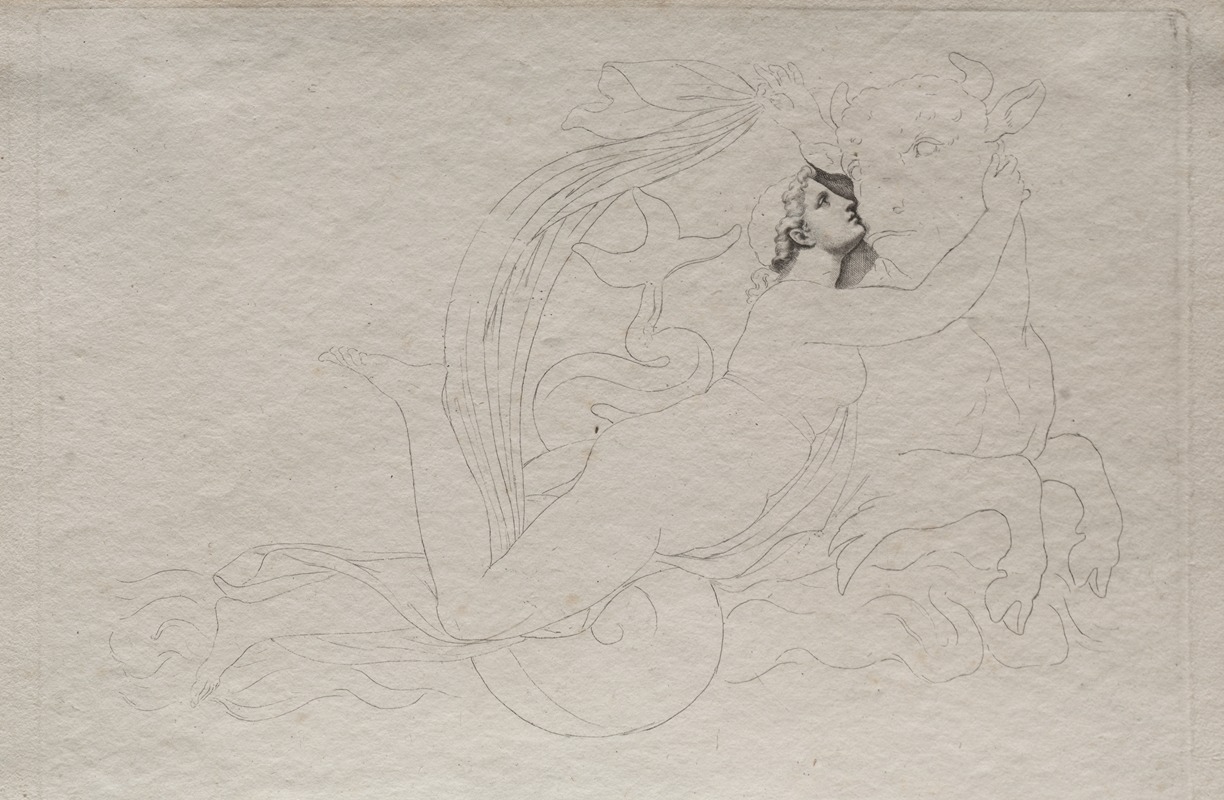
Rape of Europa
A hand-painted replica of Pierre-Paul Prud'hon’s masterpiece Rape of Europa, meticulously crafted by professional artists to capture the true essence of the original. Each piece is created with museum-quality canvas and rare mineral pigments, carefully painted by experienced artists with delicate brushstrokes and rich, layered colors to perfectly recreate the texture of the original artwork. Unlike machine-printed reproductions, this hand-painted version brings the painting to life, infused with the artist’s emotions and skill in every stroke. Whether for personal collection or home decoration, it instantly elevates the artistic atmosphere of any space.
Pierre-Paul Prud'hon was a French Romantic painter known for his graceful and poetic style, which often drew comparisons to the works of earlier masters like Leonardo da Vinci and Correggio. His painting "Rape of Europa" is one of his notable works, although it is not as widely discussed or documented as some of his other pieces.
Prud'hon was born on April 4, 1758, in Cluny, France, and he developed his artistic skills at an early age. He studied in Dijon and later in Paris, where he was influenced by the neoclassical style that was prevalent at the time. However, Prud'hon’s work often diverged from strict neoclassicism, incorporating a softer, more romantic approach that emphasized emotion and sensuality.
The "Rape of Europa" is a subject taken from classical mythology, a popular theme among artists of Prud'hon's time. The myth involves the god Zeus, who becomes enamored with Europa, a Phoenician princess. To seduce her, Zeus transforms himself into a gentle white bull and mingles with her father's herds. Europa is charmed by the bull's beauty and gentle nature, and she eventually climbs onto its back. Zeus then takes the opportunity to abduct her, carrying her across the sea to the island of Crete.
Prud'hon's interpretation of this mythological story would likely have focused on the emotional and sensual aspects of the narrative, in line with his artistic style. His works are known for their delicate use of light and shadow, creating a dreamlike atmosphere that enhances the romantic and often melancholic mood of his subjects. Although specific details about Prud'hon's "Rape of Europa" are scarce, it can be inferred that he would have employed these techniques to convey the drama and beauty of the myth.
Throughout his career, Prud'hon received several prestigious commissions and was highly regarded by his contemporaries. He worked for Napoleon Bonaparte and other notable figures of his time, creating portraits and allegorical paintings that were celebrated for their elegance and emotional depth. Despite his success, Prud'hon's personal life was marked by tragedy, including the mental illness and eventual suicide of his partner, Constance Mayer, who was also an accomplished artist.
Prud'hon's legacy is that of a painter who bridged the gap between neoclassicism and romanticism, influencing future generations of artists with his unique style. His works continue to be studied and admired for their technical skill and emotional resonance.
While specific information about Prud'hon's "Rape of Europa" is limited, his overall body of work remains an important part of the history of French art, reflecting the cultural and artistic transitions of his time.





